Editors' Picks
Cebu’s Top Designers Name Cebu Fashion’s Next Big Thing
Zee Lifestyle talks to the biggest names in Cebu fashion and takes a look at the current landscape of the fashion industry and how it could be hindering the search for Cebu’s promising new talents.
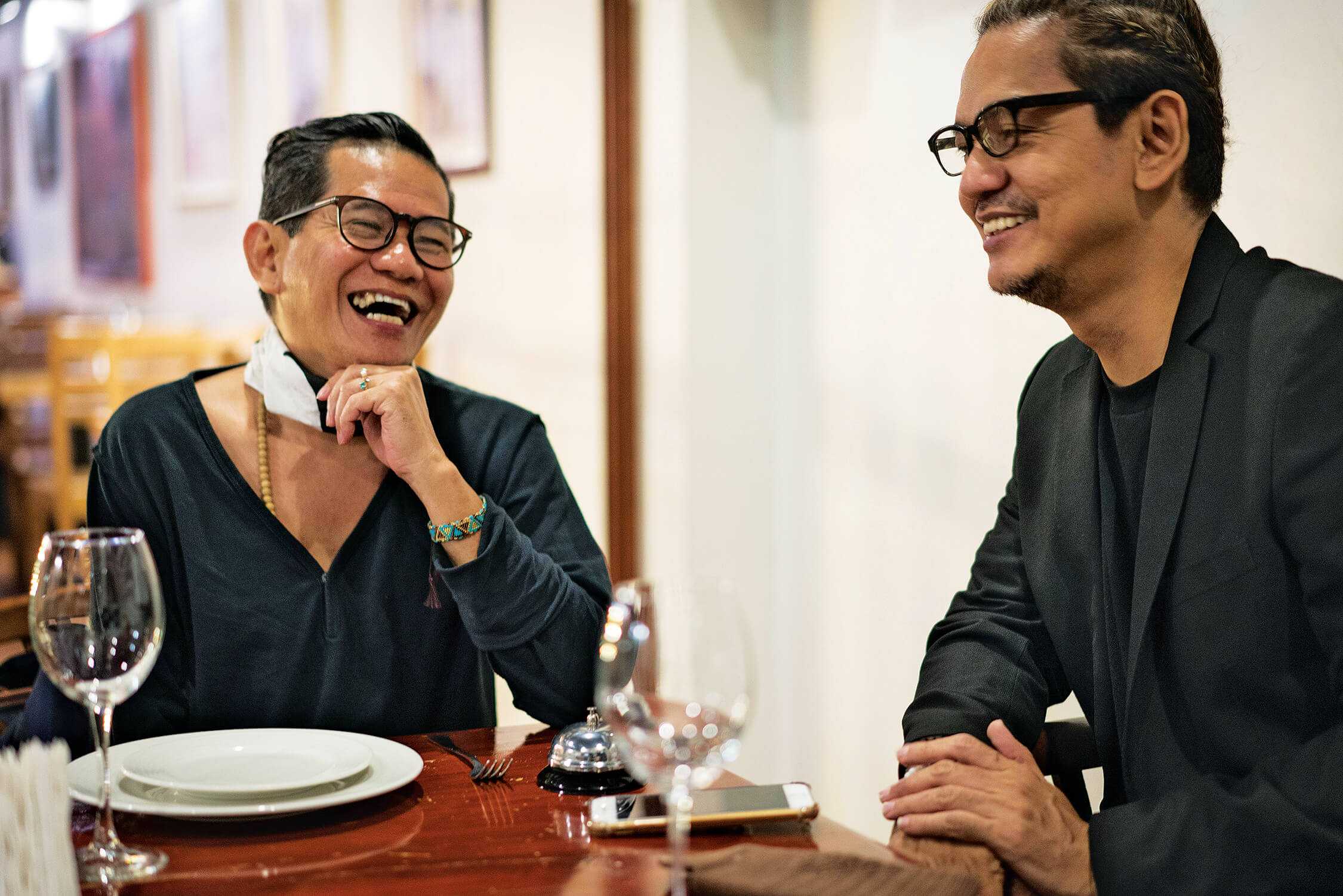
“Who is the most promising young designer in Cebu?”
The question hung over the air after fashion designer and Zee Lifestyle fashion editor Oj Hofer asked the question. The group was gathered in the private dining room of Trattoria da Gianni, enjoying the authentic Italian fare while pondering over their response.
To be fair, there was no assemblage of people who were better fit to discuss the subject. Gathered around the large wooden table were the high council of Cebu fashion, if there was ever any—in attendance were fashion designers Cary Santiago, Philip Rodriguez, Jun Escario and Arcy Gayatin, each an influential figure in the industry; visionary accessories designer Doro Barandino, whose pieces are selling in shops in LA; makeup artist Romero Vergara, who has made over several of the Philippines’ beautiful faces during his long-running tenure; and Eva Gullas, the publisher of Zee Lifestyle, a publication that has been an informal vanguard of what’s going on in fashion for the past 20 years.

Romero Vergara and Oj Hofer
Jun Escario was the first to break the silence with a joking tone: “Naa ba? (Is there any?)”
Everyone bursts out laughing. “Naa uy (of course there is),” both Arcy and Cary exclaim.
Cary pauses and adds, “Actually Jun, that’s the right question. We don’t really see these young designers now. They don’t even do fashion shows anymore.”
Everyone nods at the noticeable difference. Just five years ago, invitation to various fashion shows and events would come in at least once a month, varying from large-scale solo designer presentations, to collaborative shows that bring several names together. In 2012 alone, Zee Lifestyle staged two large ones: Furne One’s fashionable homecoming, a week-long affair that involved jewelry talks, a designer bazaar, and an exhibit; and Jun Escario’s 20th anniversary show that transformed the Oakridge Pavilion into a red cathedral.
THE ISSUE OF FAST FASHION
These days, events like that have been limited to a few every year, and the majority of them have featured the influx of international brands that have entered the market. “I guess the biggest disruptor for you is H&M and Zara,” Eva mused.
“Not really,” Cary argues. “It’s not totally high-end. For example, if you’d pass by Jun’s shop, you really stop and take a look inside. The pieces are unique.”
Certainly individual style suffers to an extent when in the realm of fast fashion. Philip shares, “It doesn’t matter if you go to Europe or somewhere else—if you buy it in Zara, it’s exactly the same everywhere in the world. They’re generic.”
“But it’s amazing how fast they can interpret fashion trends,” Eva points out.
“Ralph Lauren used to be the richest designer in the world, but now?” Arcy shrugs empathically. “You know why? Because Zara is very fast fashion. They can translate what they see on the runway in a couple of weeks. So many designer boutiques have closed down because they can’t keep up.”
There’s no denying, of course, that fast fashion has transformed the landscape of the retail clothing industry. Once editors post their reviews of the major fashion shows—which are practically on the spot now, thanks to the digital age—these brands roll out a massive inventory that boasts the latest insider-approved trends. Asymmetrical collars? Ruffled sleeves? Palazzo pants? If you see them on the runway, chances are you’d see them in H&M two weeks later.
 Naturally, the risk that comes with it is, as Philip mentioned, you end up looking like everything else. I know several fashion-forward ladies who have resorted to thrifting and vintage shopping in the hopes of finding that one unique piece that will set them apart from everyone else.
Naturally, the risk that comes with it is, as Philip mentioned, you end up looking like everything else. I know several fashion-forward ladies who have resorted to thrifting and vintage shopping in the hopes of finding that one unique piece that will set them apart from everyone else.
Therein lies the real value of designer clothing—as Eva points out, “The edge with designers is that they can create something that’s just for you.”
“No Ev, it’s all about the fit,” says Cary. “It’s different when a designer gets to mold it to your body.”
“If you approached a French designer, you can still end up with the same piece as someone because you can only take from the collection,” Arcy argues. “Don’t tell me Karl Lagerfeld would sit down with you and sketch up a dress just for you. No way—no matter how rich you are, you have to take from the collection. It’s just over here that we really sketch, and they can still complain that we’re too expensive.”
CEBU’S FASHION INDUSTRY
The statement brings up another issue that young designers face. Although the city is home to a number of truly stylish individuals, the collective level of appreciation for fashion isn’t yet what it should be. As Jun mentioned in last year’s tete-a-tete, “In Cebu, no one is fiercely fashionable. Women dress for comfort.”
That climate is what young designers face when they want to break into the fashion industry. According to Edward Castro, the magazine’s resident stylist and a professor at the Fashion Institute of Design and Arts in Cebu, the pool of talent is considerable. “It’s an eclectic bunch, for sure. They come from different walks of life, they have different styles, but they all have one thing in common—raw potential.”
“I see the fashion industry as a community of creatives who are working individually on their respective brands,” adds Bree Esplanada, who has dressed blogger Ixa Perez, Queen Philippines candidate Trixie Andrews, among others. But he admits to finding a caveat. “However, if the industry really exists, it is mainly favored towards designers with strong social connections.”
This might be the reason why some have chosen to pursue a career in Manila instead, where they feel people are more receptive to conceptual design. “The industry in Cebu is fixed with established aesthetics and standards that can’t be shook anymore,” says Yves Camingue, another former Zee stylist who went on to be a contestant on Project Runway Philippines. These days, his cool street-style collections have been seen on local celebrities and various fashion spreads. “In Manila, there are different strokes for different folks. One can discover his niche and potential in Manila.”
Edward begs to differ though. “Personally, I think Cebu is very embracing and nurturing of new talents. I’m happy to see some of my students already getting clients on a regular basis. That just goes to prove that the Cebuano community can be a progressive community,” he asserts.

Jun’s sister Ixa Escario agrees that though there may be less opportunities, this can actually help in developing their unique identity as a designer—on her end, she’s chosen resort wear and swimsuits as her bread and butter. “I get my inspiration from this city—how it has evolved and grown over the years. It’s underestimated, but never overrated,” she shares. “You have to start from the bottom and work your way up to show what you’ve got. As my city grows, I grow together with it.”
THE CITY’S NEW CROP
So although there is a small exodus of talent, Cebu has a creative pool deep enough to constantly produce someone who could become the next big thing. Which leads us back to Oj’s question: who is the most promising young designer?
“Jul Oliva,” Cary offered up, to which Jun adds, “Yes, she’s very experimental.”
A former protege of furniture designer Kenneth Cobonpue, Jul Oliva had learned to sew as a teenager, but started out with product design before she decided to pursue a career in fashion fully. It might have turned out to be a good step—the alternative aspect of design, and the tutelage of an internationally renowned creative, expanded her imagination. Jul’s designs are certainly forward-thinking. From creating an intricate hand-woven pattern with fabrics for a modern take on the terno, to a shaggy shrug in contrasting colors, the unconventional take on materials and play in texture make each Jul Oliva creation a true conversation piece.
Arcy gives her own vote, “I like Mike Yapching.”
With his own polished take on modern dressing, Mike Yapching had been chosen as the Filipino contender for the Singapore-based fashion competition Audi Star Challenge in 2011—at the time, he was still in the middle of finishing up his studies. Since then, he has been churning up sophisticated party dresses under his eponymous line, and creates ready-to-wear pieces for an international brand based in the Mactan Export Processing Zone.
It’s a consideration that Mike doesn’t take lightly. “Some of the greats in the Philippine fashion industry come from Cebu, and it is such an overwhelming feeling to be considered by them as one of the most promising Cebuano fashion designers. It is an honor and a privilege to be mentored by one of the Cebuano greats, Edwin Ao,” he shares. “I am flattered, yet there is the pressure to always deliver and live up to the expectations of such amazing and inspiring people. I could only hope to become one among them in the future.”
Moving on, Cary adds, “There’s also Celine Borromeo.”
Another alum of Project Runway Philippines (she made it into the top three of her season), Celine Borromeo advocates classic feminine dressing with a twist—oversized blazers and feminine silhouettes done in tweed and pinstripes play up on androgynous style. The designer had taken up a position on Josie Natori’s team, and is now based in Manila.
“I’ve worked really hard to build my name in the industry, and I don’t intend on stopping anytime soon. It is not easy to be recognized, especially if you are a simple designer like myself. I don’t do avant garde. I don’t stand out in that way,” Celine explains. “But what I do is make very polished, classy and modern pieces people of all ages can appreciate. To be able to stand out and be recognized for what I do best by Cebu’s most prominent designers means I’m on the right path.”
A COMMUNITY OF CREATIVES
It seems like the challenges that up-and-coming designers face have an upside—talent and drive are completely different things, and the people who do not persevere in pursuing the profession could likely give up in the face of limitations. In the end, we’re left with talents that we can truly call promising, the ones who took on the arduous road with a fervor that matched their creativity.
For his part, Mike sees the competition as something that helps him work harder. “In my years of working in Cebu as a fashion designer, I can say that, with a little push and maximum determination, Cebuano designers and brands could become globally competitive.”
Edward certainly thinks so when he observes the students year after year. “With a bit of time and accumulated experience, and of course unwavering passion, they will be able to find their own voice and rightfully take their place in the industry,” he shares. “The fashion industry is tough, and it’s crucial to earn your stripes before anything else—it’s hard, but not impossible.”
All that said, the dinner with our high council of designers ends on a hopeful note, that the formidable conditions of the Cebuano fashion industry can help mold a new crop of talent that in itself can be the collective next big thing. To those hoping to rise above, Oj offers three pieces of advice: “Know your product—bring something that has your imprimatur to the fashion design world. Don’t just copy, acquire the skills to be a competent designer. Do the dirty work, don’t just draw. Recognize your strength and weaknesses, and build your own unique aesthetic.”
Second, “Have a specific vision—more than having a fashion philosophy, what is your vision? Be clear about who your clients are and where you want to take your business,” Oj continues. Lastly, “Work on realizing that vision—success in fashion means 1% inspiration and 99% action. Act on your vision until it becomes a reality.”
To simple answer Jun’s question: it might take some looking into, but the promising young designers are definitely out there—naa jud diay.
Beauty & Wellness
What Makes Your Coffee Truly ‘Guilt-Free’? Let’s Delve Into the Details.

Coffee, for most people, is an essential drink to kickstart or fuel up their day. There are probably more coffee lovers around the world compared to those who can’t tolerate this popular beverage. According to webmd.com, coffee is a drink made from coffee beans, which are the roasted fruit of the Coffea Arabica bush. People most commonly drink coffee to relieve mental and physical fatigue and to increase mental alertness.

Although coffee has gotten some bad raps due to the side effects of its main active ingredient ‘caffeine’, which is a stimulant, it is believed the good side of it weighs more than the bad. Of course, everything boils down into not having too much of this beloved drink. ‘Drink moderately’, as the popular tagline goes.
According to Aaron Carroll, a professor at the Indiana University School of Medicine and health research blogger at The Incidental Economist, is taking a stand in a recent New York Times article: “It’s way past time that we stopped viewing coffee as something we all need to cut back on,” he writes. “It’s a completely reasonable addition to a healthy diet, with more potential benefits seen in research than almost any other beverage we’re consuming. It’s time we started treating it as such.”
Well, not all coffee are created equal. Some are carefully formulated so that you will be able to enjoy without the worry. So, what makes your coffee truly ‘guilt-free’? Aside from great taste, we are eyeing two important factors:

- It must be sugar-free. We’re all quite familiar on how too much sugar intake wreaks havoc not only to our inner health but also to our outside appearance. It can lead to some serious health problems like obesity and diabetes, not to mention how it destroys the natural collagen in our skin that is responsible in making us look young and wrinkle-free. Certain drinks opt for natural sweeteners like stevia, which is a healthier option.
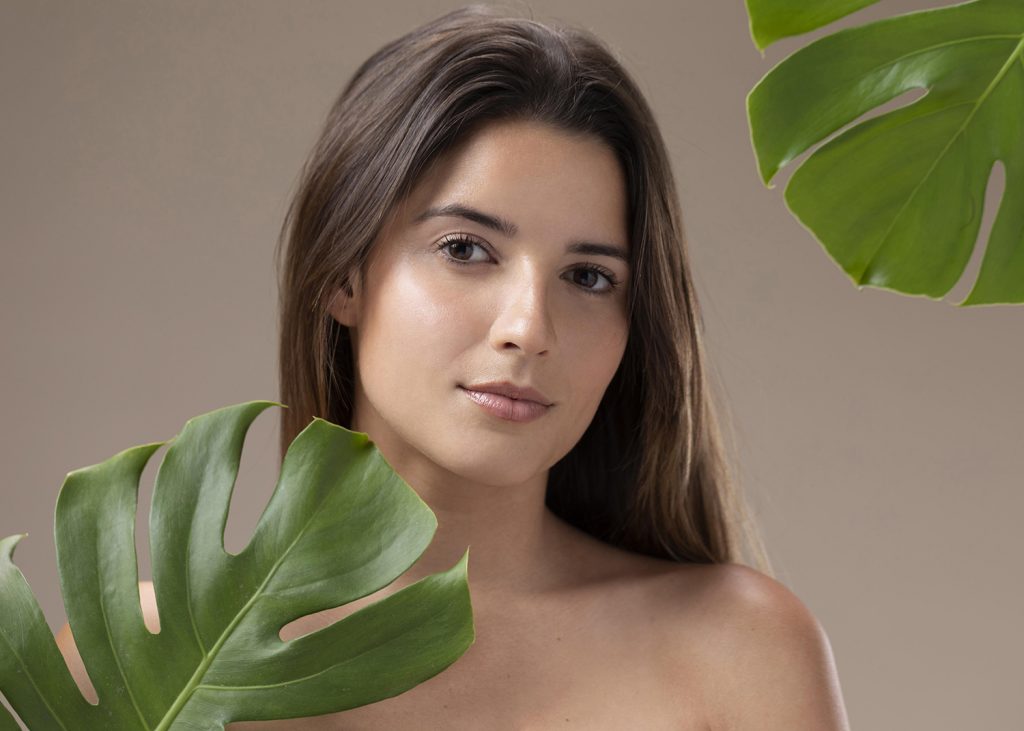
- It must have benefits for both beauty and wellness. A lot of brands around the world has concocted unique formulations to amp up the benefits of coffee in terms of beauty and health. Natural and organic ingredients were used to provide benefits to the skin hair and nails and to the overall physical fitness of the human body. Most of these added natural ingredients contains vitamins, minerals and antioxidants to fight oxidative stress and provide boosted energy levels. Some of these claim to have therapeutic benefits and may help alleviate some health conditions.
EDITOR’S PICK. Good news for all local coffee drinkers! You can now indulge in your favorite morning brew without the guilty feeling! A local brand from Cebu, Philippines, Lumiché, has recently launched their inaugural product–’guilt-free coffee’, a carefully considered and researched beverage that promises all-day energy, with added benefits that will help you glow and flourish.
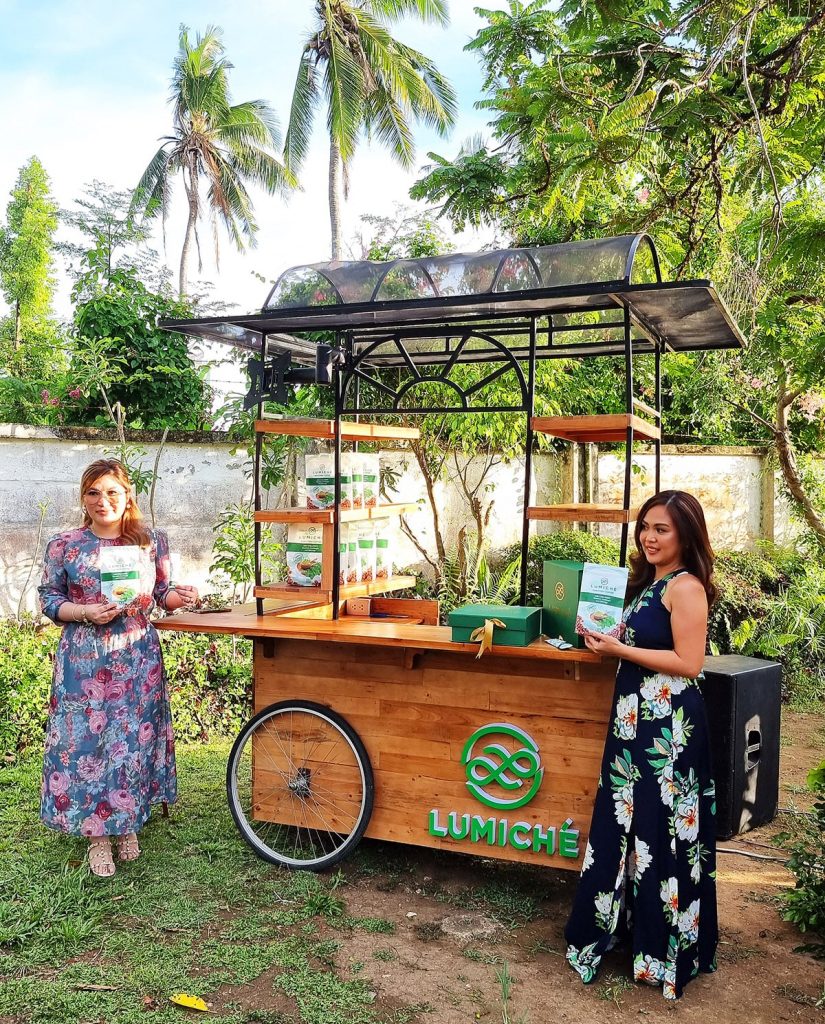
Long-time friends Michelle Lim-Cu and Janice Escario King started Lumiché in 2019.
These benefits are as follows:
- Sugar-free
- Helps maintain energy levels
- Strengthens hair and nails
- Acts as an appetite suppressant
- Has anti-inflammatory properties
- Helps improve skin texture
- Aids in fat-burning and weight loss
- Aids in better bowel movement
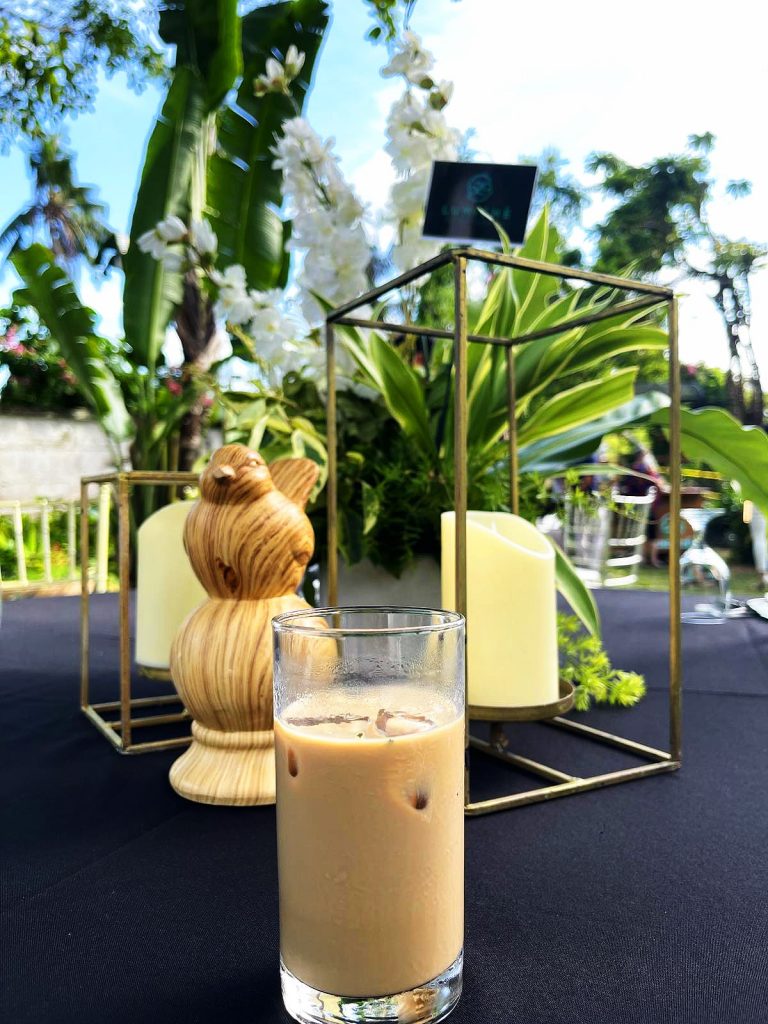
Lumiché guilt-free coffee is able to provide the above-mentioned benefits due to the natural ingredients it contains:
- Collagen
- Spirulina
- Ginseng
- L-Carnitine
- Mangosteen
- Garcinia Cambogia
- Moringa
- Stevia
- Non-dairy creamer
Lumiché guilt-free coffee is indeed a must-try!
Lumiché is available for online buyers on their official website www.lumiche.ph, as well as on Lazada and Shopee. Starting April 6, 2022, lovers of coffee may also purchase in either take-home packs or ready-to-drink hot or cold cups in SugboMercado IT Park.
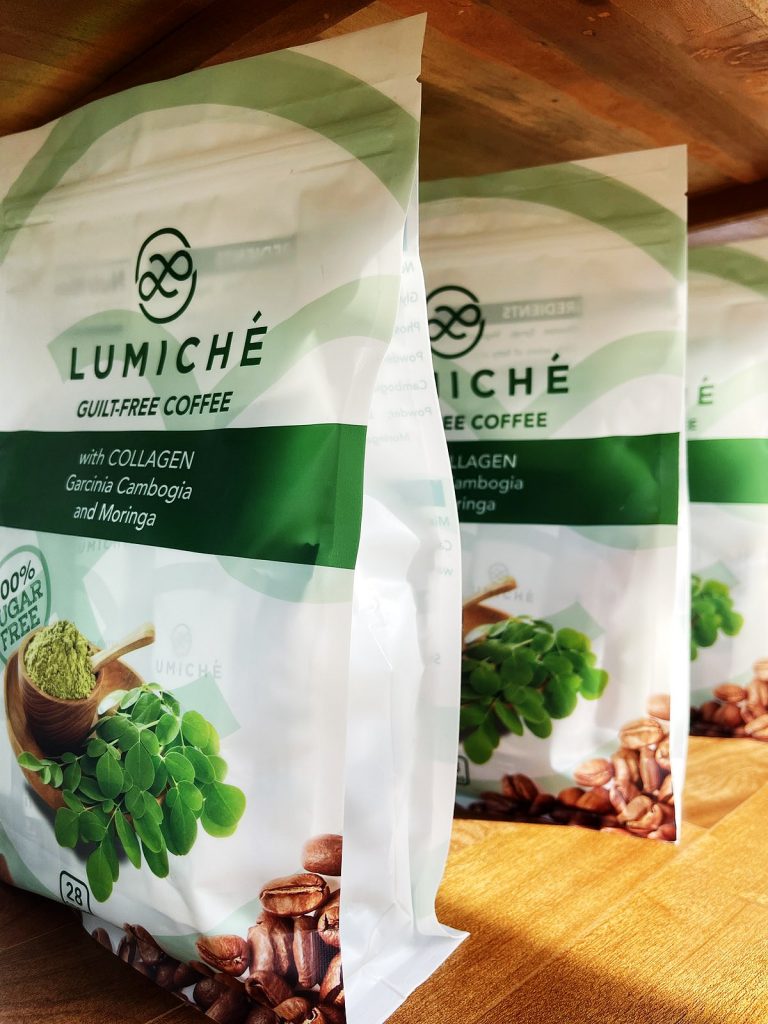
For more information and updates, like and follow their Facebook Page.
Lumiché is also looking to partner with resellers within Cebu Province, and distributors in major cities in the Philippines. For inquiries, call (+63.917.707.5279 or email them at hello@lumiche.ph.
Editors' Picks
Bask in Tranquility & Relaxation in this New Hotel within the City
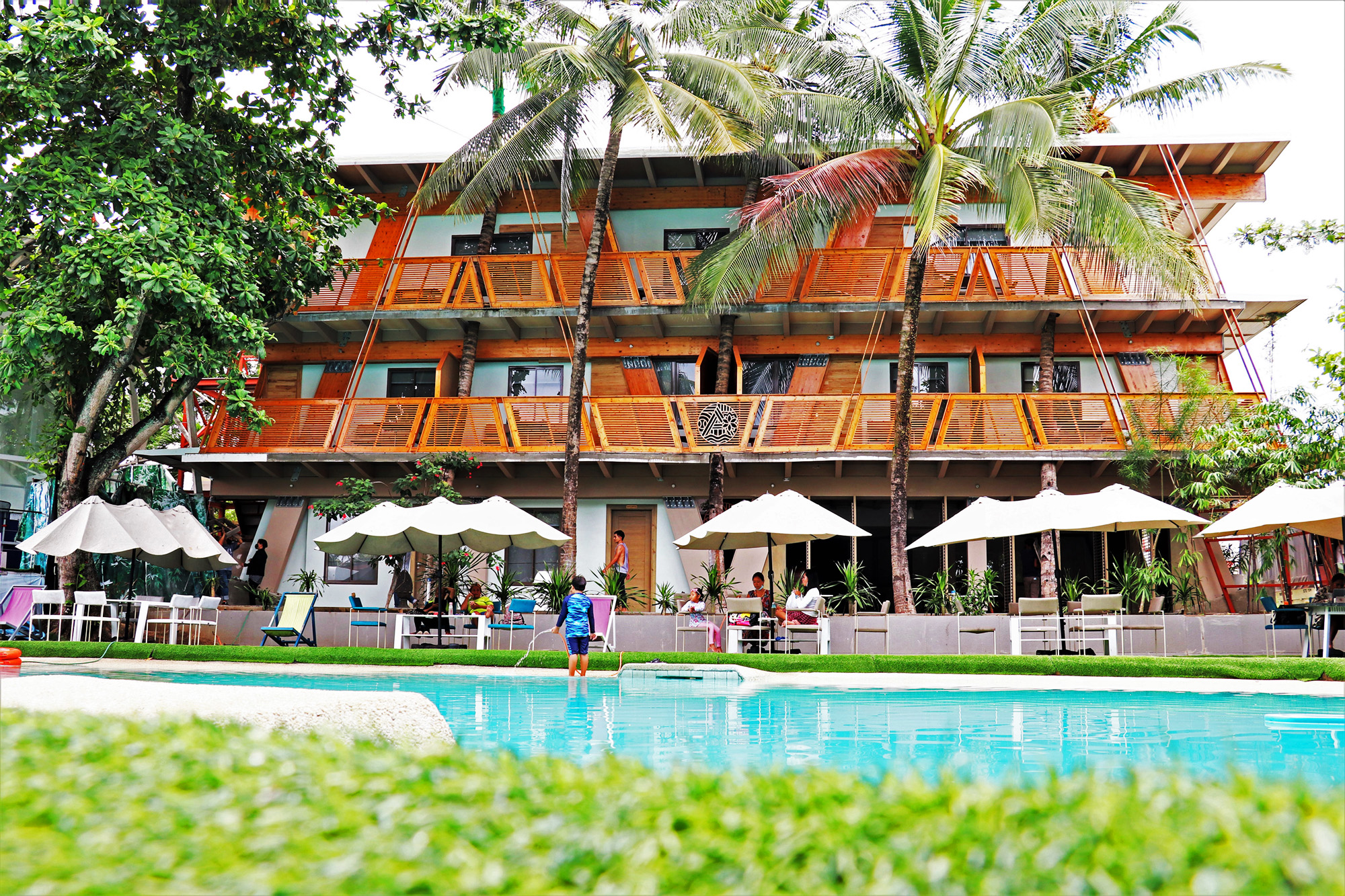
“A” for ASMARA
by Allain Dumon Fonte
In this very fast-paced world that we live in, we find ourselves in a never-ending race of deadlines, submissions, and to-do-lists. However, when things become too much to take, we need to pull out the plug and reboot ourselves. It’s fine to pat your own shoulder and tell yourself that you have done enough; and so, you should stop, take a deep breath, and drop everything. I usually take myself to a quiet and remote place, and with a whole new scenery. I want to be lost somewhere where nothing can remind me of work. Yet, the challenge for many of us is time. Some of us only have one off-day from work in a week; while others are lucky to have two days. Hence, travelling to the Bahamas or to the Caribbean is no longer viable. Even travelling to the world-class resorts in Mactan, to the mystic islands up north, and to the serene beaches down south of Cebu takes so much time because of the traffic situation. Time is of essence and spending it wisely will be our best investment.
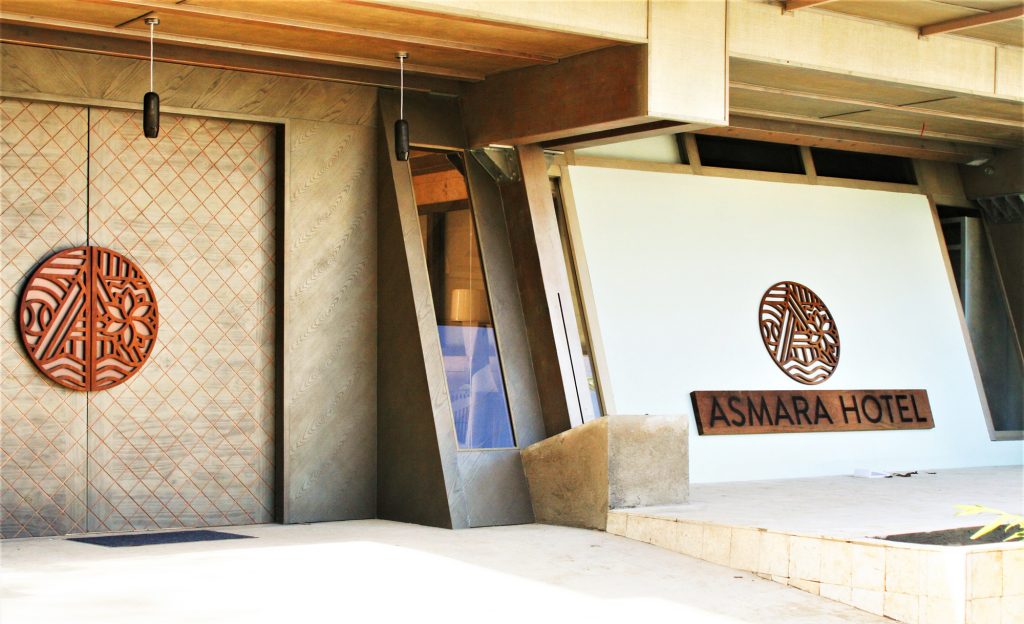
Then, I discovered a new haven just a few minutes’ drive from Cebu’s central business district. The ASMARA Urban Resort and Lifestyle Village is a hidden gem. Even driving up to the main doors of the resort, you can already feel the exclusivity of this place. Stepping out from the car and walking to the main lobby with a view of the pool to the left, I feel being transported to a whole new world. The architecture, the interior, the furniture, and the total design concept of this hideaway has created an ambiance comparable to that of the Leadwood Lodge Safari Resort in South Africa or to the Escondido Villas in Acapulco. I sat in the lobby as I waited to be served. I listened and listened very well; surprisingly, I can only hear the birds chirping, the wind gushing down the valley, and a few guests having fun at the pool. Imagine having this tranquil experience in the heart of the metropolis is extremely amazing with a capital A.
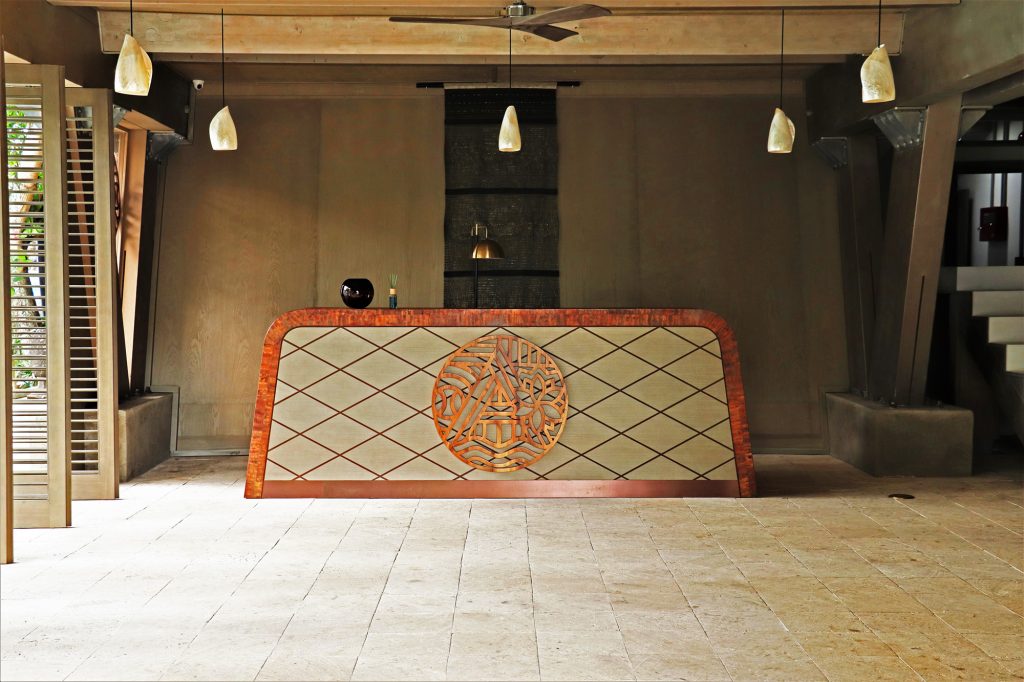
Because I got intrigued with the interior, I asked the hotel staff who the architect and the interior designer are; and she gladly introduced me to the owner, the architect, the interior designer, the design concept master, and even the furniture artist of this fine establishment, Mr. Carlo Cordaro. This is how casual and relaxed the environment is; you will get to meet the owner and converse with him. I am struck to meet someone with multi-talents but with such humility. Mr. Cordaro indulged my inquisitive mind by showing me how he conceptualized and then started building this former racetrack into a perfect haven.
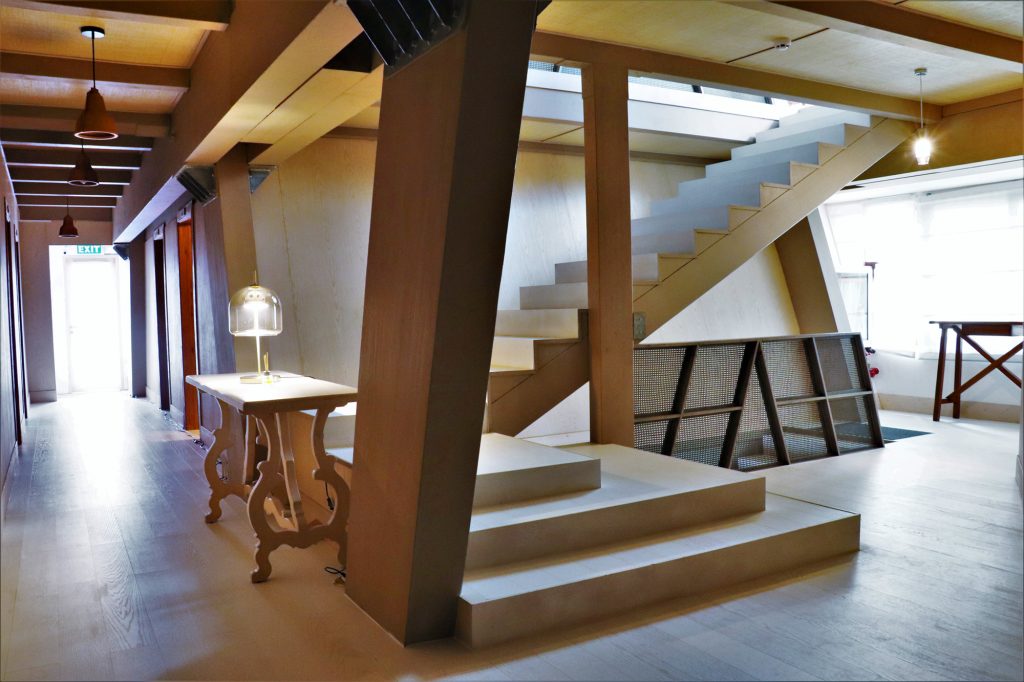
Mr. Cordaro explained that as an artist he keeps four important things in mind. First, the location and the environment. ASMARA sits in the valley with the hills of Maria Luisa Estate to its east. Thus, the location is gifted with the cool breeze from the hills, and Mr. Cordaro took advantage of this by creating an open-space restaurant and recreation area. The restaurant is also part of the village’s recreation space where guests enjoy yoga sessions, or a dip in the pool, or even a tennis match.
Second, Mr. Cordaro wants to make use of the local raw materials and create a venue that is distinctively Cebuano; and this is what makes Asmara remarkable and unique. The quirky hotel doors are diagonal and lined with banana skin fibers, the modern-designed furniture are all made from high-quality wood, the walls are lined with abaca fibers, and the tall coconut trees entwine with the rooms’ viewing decks. Guests have an exquisite panorama of the sunset and the recreation space in the village. I told Mr. Cordaro that the rooms have already soothed my stressed thoughts. This brought us to the third concept that Mr. Cordaro considers in designing, “the emotion”. He wants his design pieces, from furniture to spaces, to convey emotions to the guests. He said that before finishing a masterpiece, he always puts himself in the shoes of other people and asks himself if the art pieces exude emotions or connect with him. He believes that any work of art must connect with the people to be appreciated. ASMARA Urban Resort and Lifestyle Village is very well thought of because every space and every corner can deliver emotions of relaxation and ease.
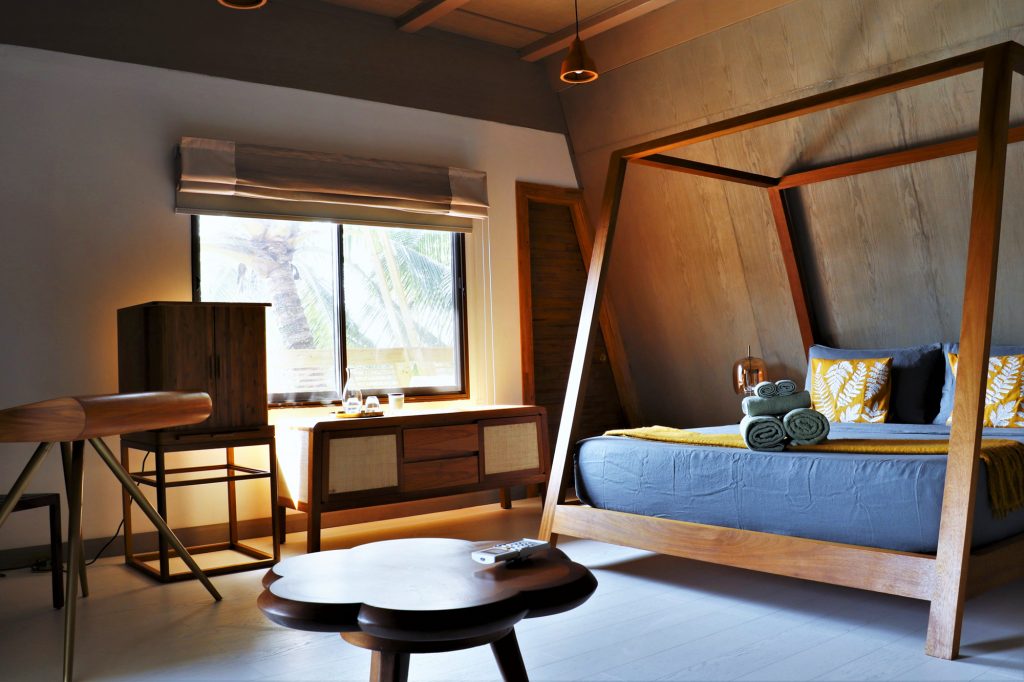
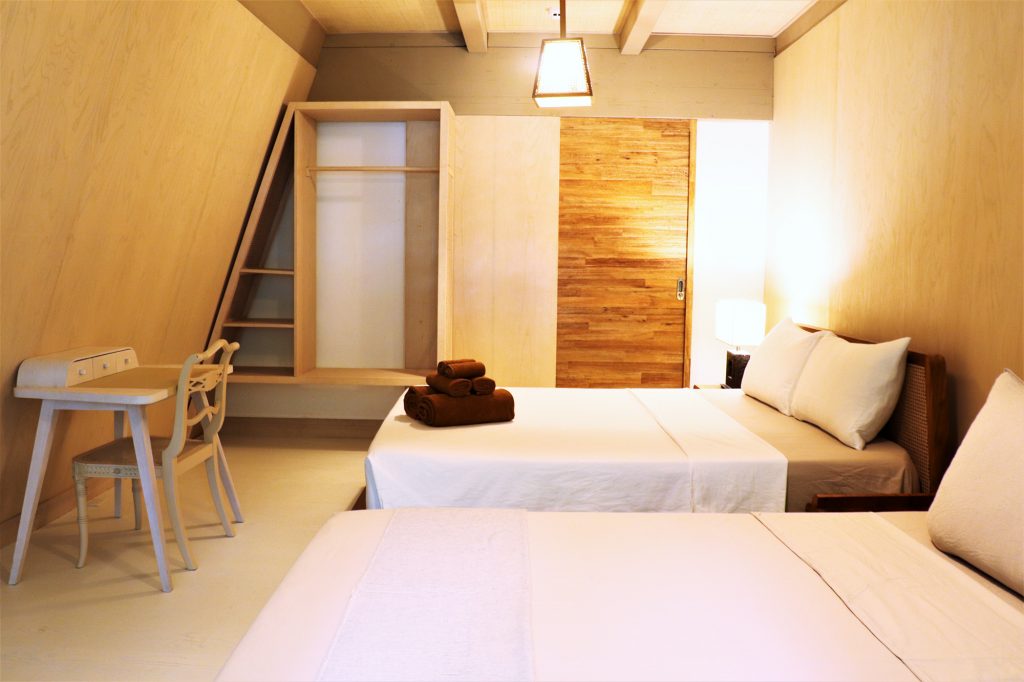
When I asked him for the fourth element, Mr. Cordaro smiled and answered, “sustainability”. He wants ASMARA to be as green as it could be. The open-space restaurant uses less electricity because it maximizes the natural light and the cool breez. The glass pyramid in the middle of the dining area does not only manipulate the natural light but it is also a gigantic rainwater collecting facility. The use of indigenous local materials for the interior of the hotel and the pillars of wood that support the three-story hotel building make ASMARA one of the most sustainable establishments in Southeast Asia. Mr. Cordaro has not only made ASMARA an asset to the economy and tourism, but also an asset to the environment.
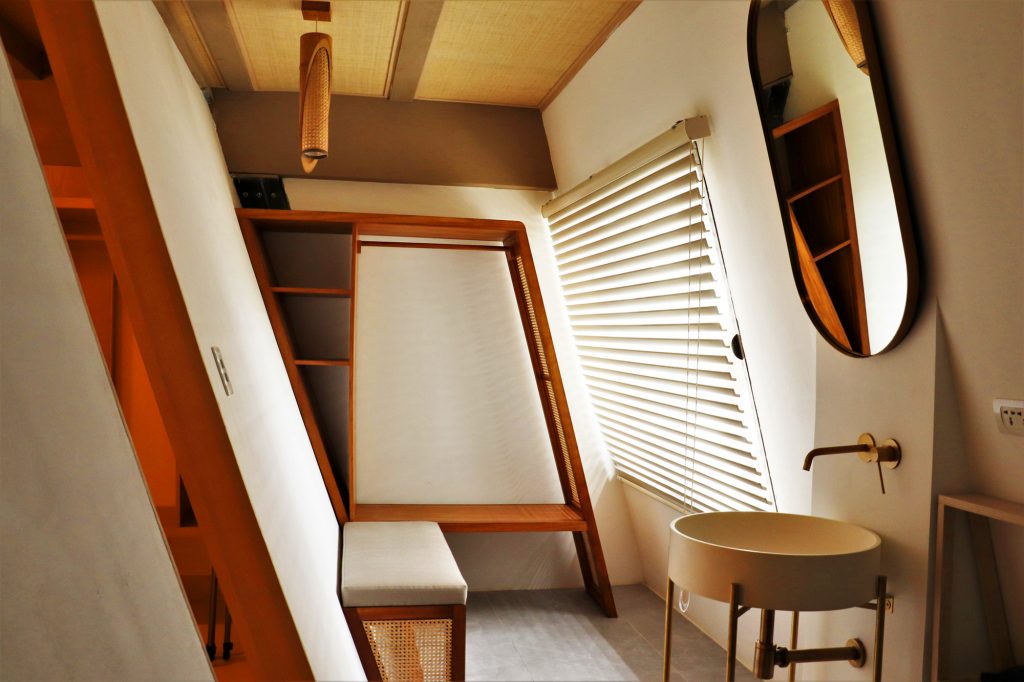
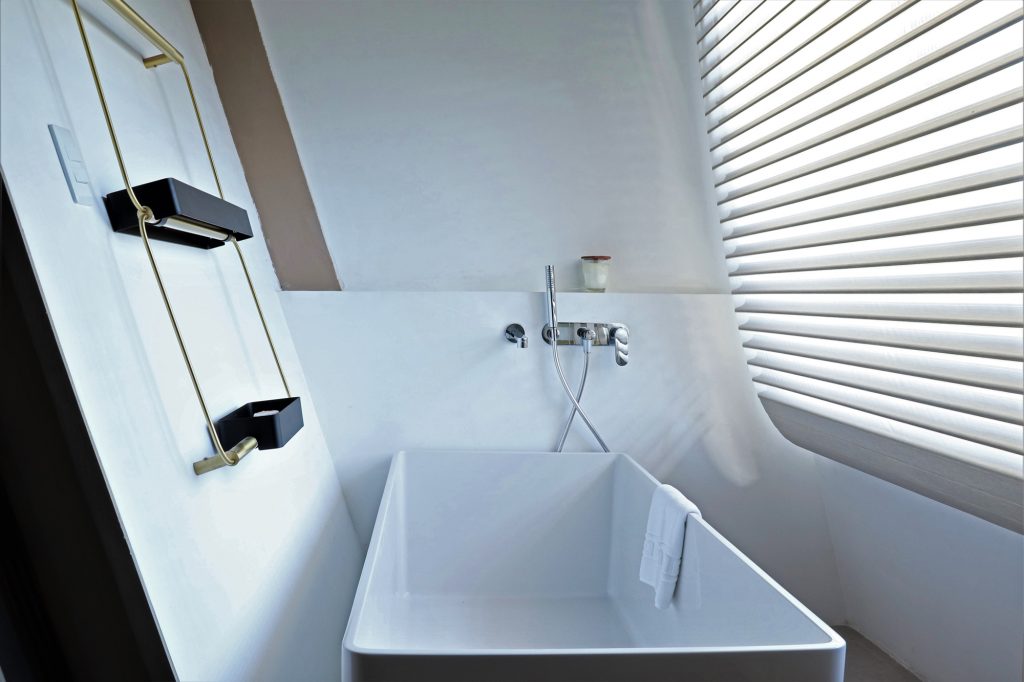
Since we were already in the dining area, Mr. Cordaro offered that I should try their authentic Italian dishes. I took the liberty of ordering the pizza rolls, and it refreshed my memories of Palermo at Frida Pizzeria. I shall not disclose how many pieces I ate that afternoon because it was just divine. The chicken skewers became special with the restaurant’s secret sauce. They were heaven to my taste buds. Please do not let me start with the healthy options for their beverages. Every fruit juice is freshly squeezed and very well-concocted.
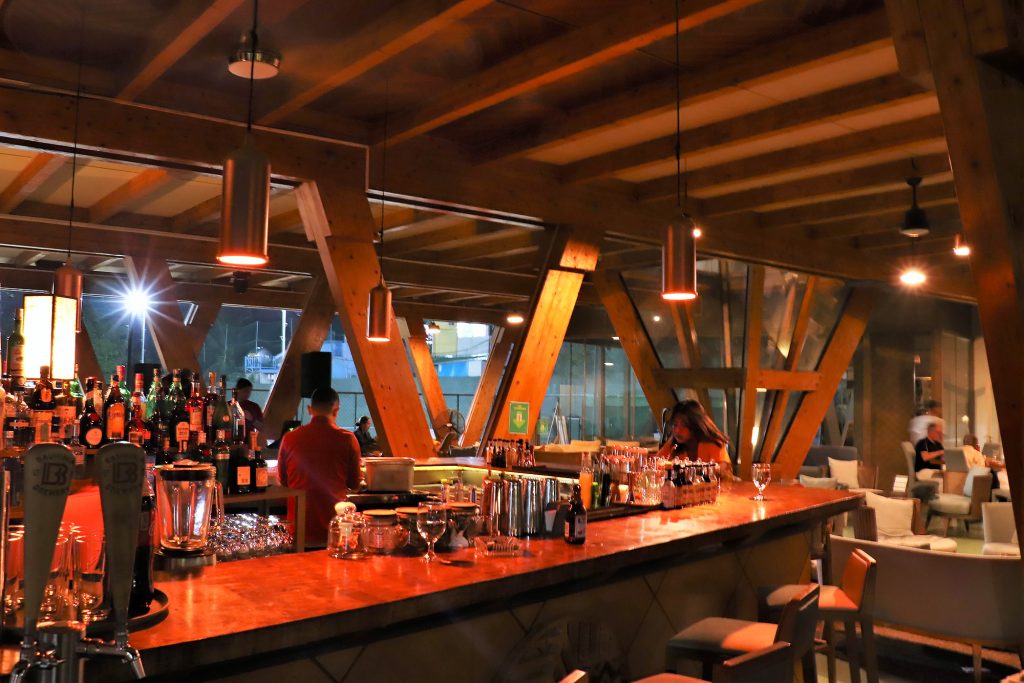
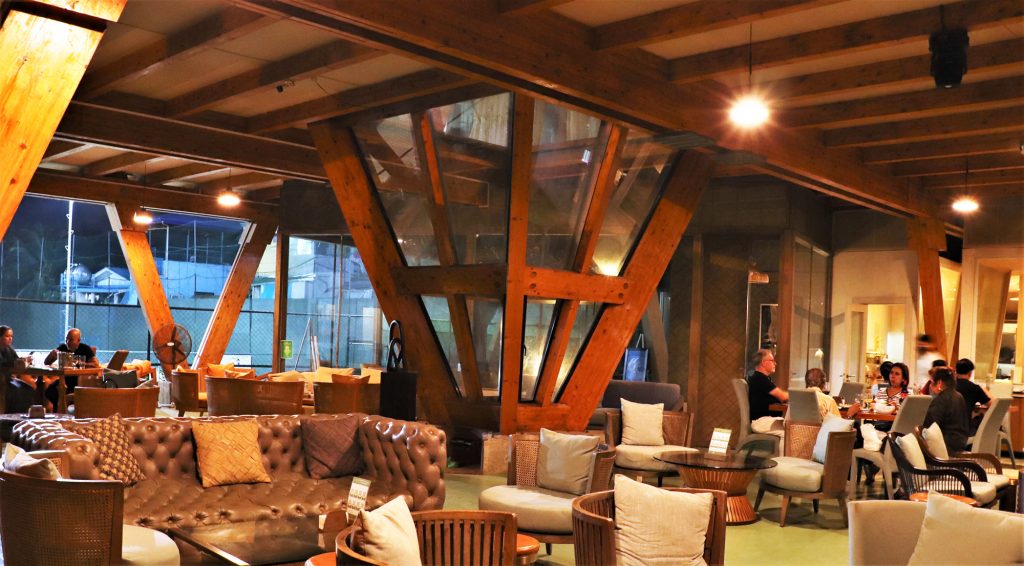
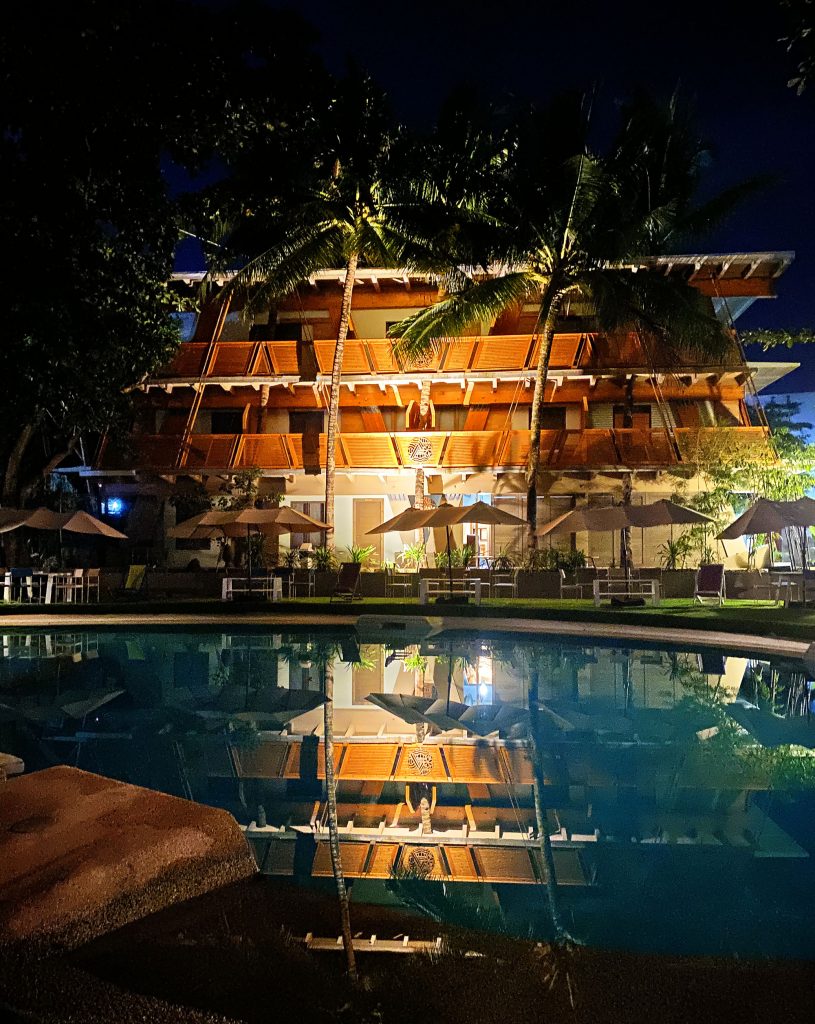
After the very delightful conversation with Mr. Cordaro, I finally settled in my room and enjoyed my four seasons drink on my room’s balcony with the scene of the orange sky, the breeze brushing my face and the sounds of water from the pool. With Gabriel Garcia Marquez’s book “One Hundred Years of Solitude” in my hand, I felt great that very moment. Asmara Urban Resort and Lifestyle Village is a gift to mankind.
A for amazed…A for astonished…A for awed…A for ASMARA.
Editors' Picks
A GREEN CHRISTMAS: Eco-friendly Holiday Gift Ideas

Seriously, who wants a blue Christmas? Go green when gift-giving with our curated list of sustainable gift items that are perfect for your loved-ones AND the environment as well.
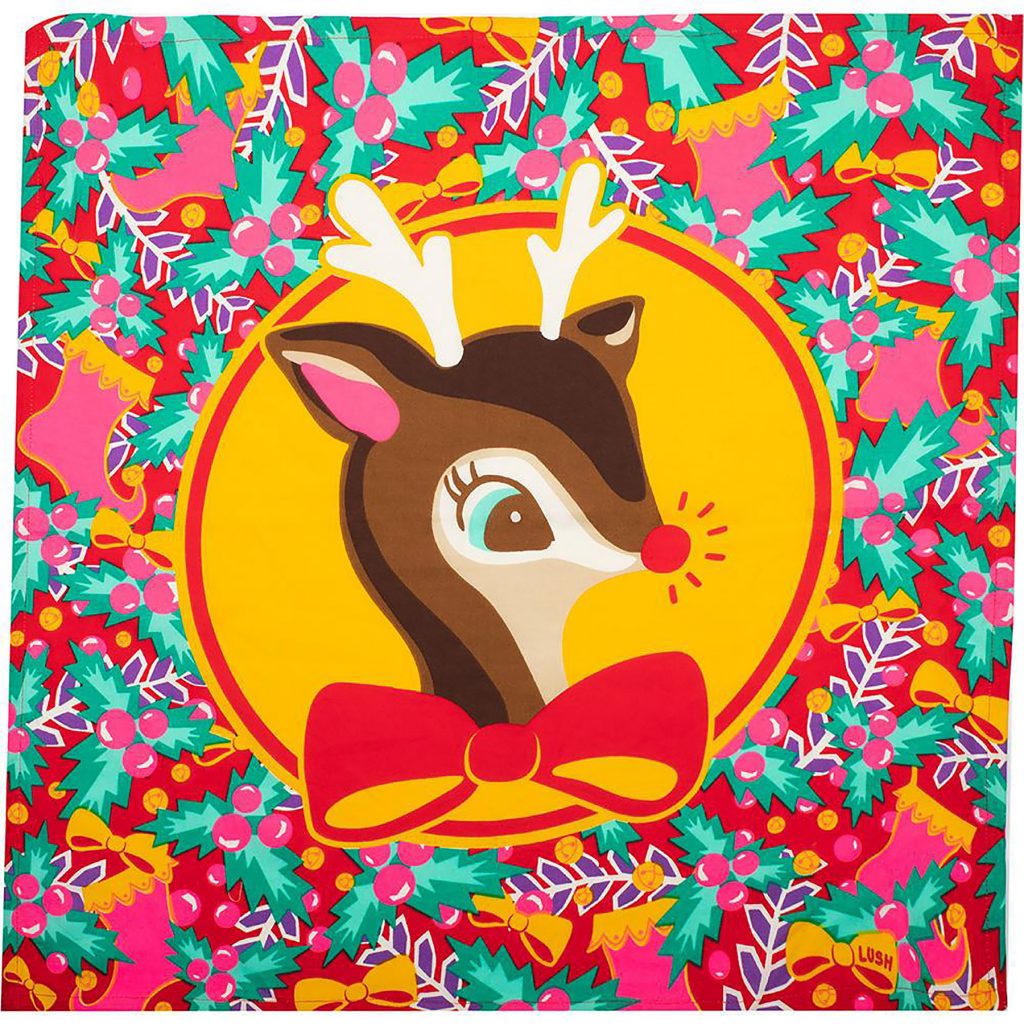
It’s Christmas Deer Knot Wrap from LUSH (Php 495)
For the practical yet fashionable mom, this reusable organic cotton Knot Wrap from Lush Fresh Handmade Cosmetics is ideal. With an endeeringly bright and nostalgic design, this can be used to wrap gifts or add a touch of festive charm to any outfit.
Lush has introduced Knot Wraps 10 years ago, in 2009, as an alternative reusable packaging. This Christmas, Knot-Swap, a new scheme will launch in all Lush shops. Freshen up your Knot Wrap game without wasting a stitch. Swap in your pre-loved wrap and get 50% off a Lush design of the same size. The Knot Wraps for Christmas 2019 are made from either Organic Cotton or Recycled waste bottles. Waste not, want knot! For more information, please visit www.lush.com.ph
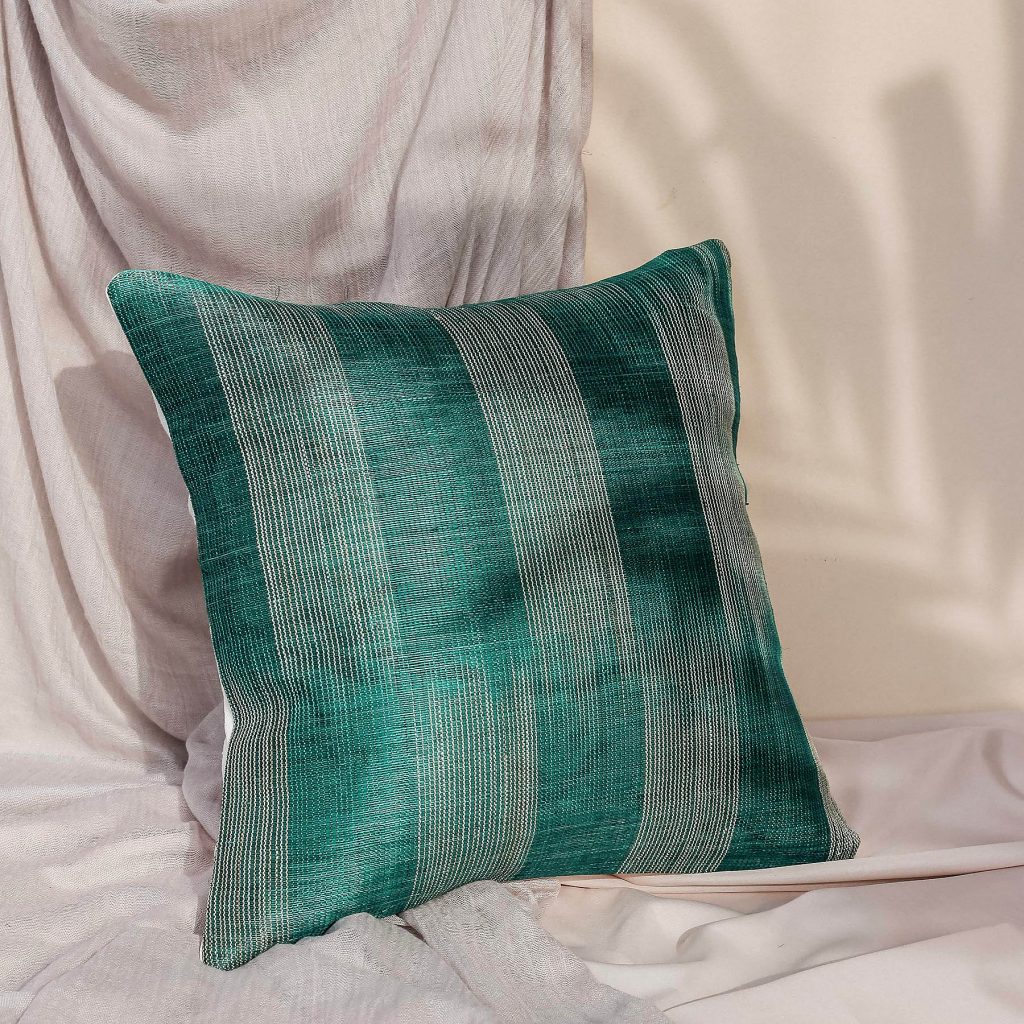
Abaca Pillowcase in Green from ANTHILL (Php 849)
This Abaca Pillow Case from Anthill Fabric Gallery is fabulous for the meticulous aunt and can enliven any room. It is made of Abaca pinanggabol (handloomed natural textile) from the Daraghuyan Tribe in Dalwangan, Bukidnon. The handloom process creates a slightly looser weave that leaves a comfortable texture and softness that deepens over time. The Abaca pillowcase is available in 5 colors.
www.anthillfabricgallery.com
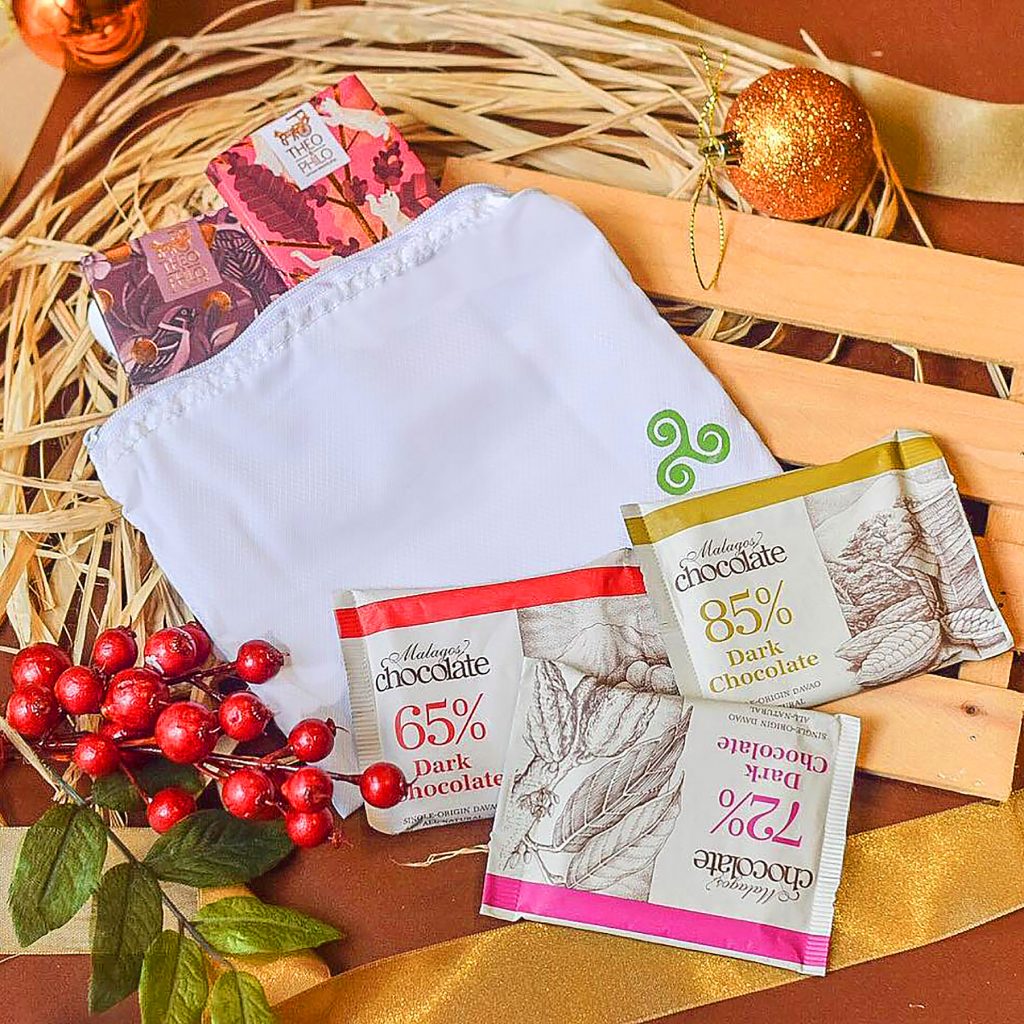
Bag of Treats from ECHOSTORE (Php 629)
Filled with Theo & Philo Artisan Chocolates and variations of Malagos Dark Chocolate, this “bag of treats” from ECHOstore Sustainable Lifestyle is the ultimate present for the kids and the kids-at-heart!
www.echostore.ph
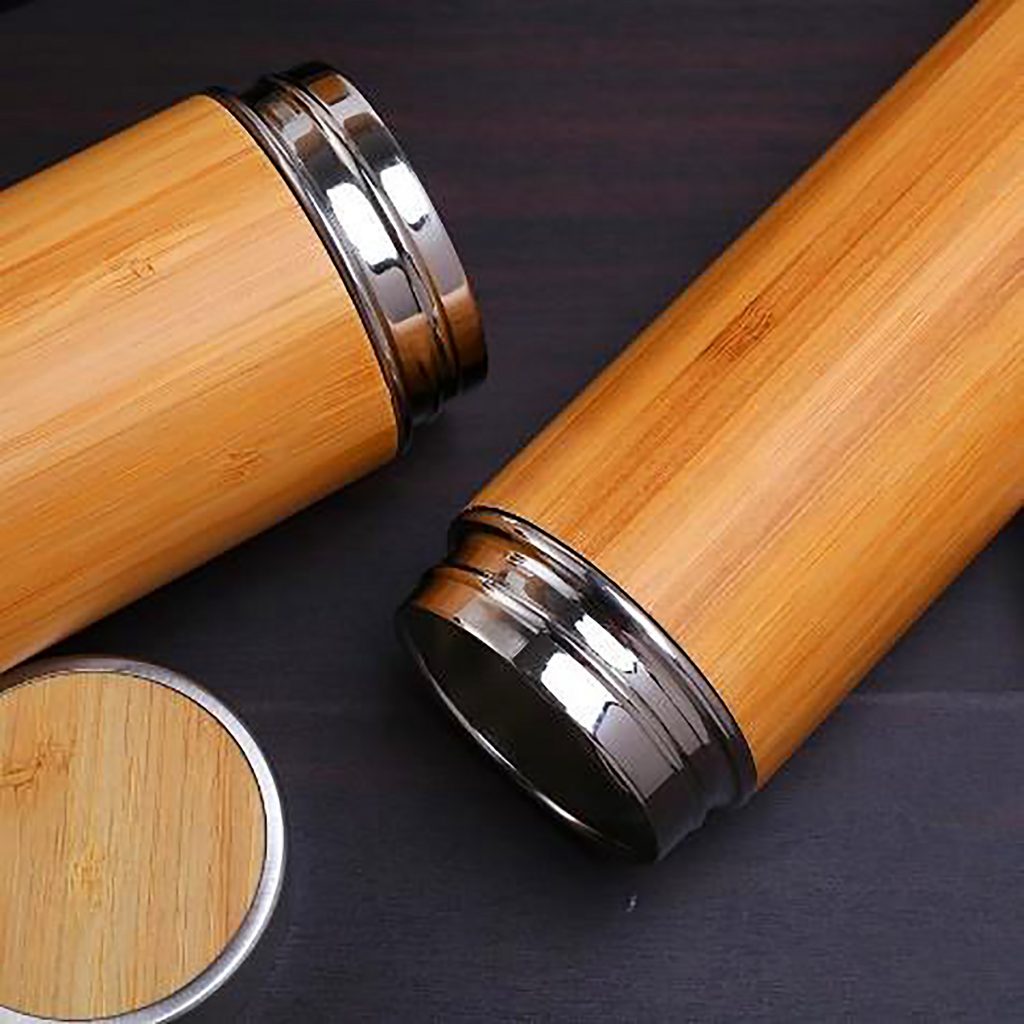
Bamboo Tumbler from ECO HUB CEBU (Php 720)
A nice fit for the on-the-go dad or the adventurous brother, this double-walled insulated tumbler keeps any beverage hot or cold for up to 8 hours. You can have it customized and engrave a name on the body or the lid at an additional fee of Php 50 per piece.
Order via Facebook: Eco Hub Cebu

Gifts of Comfort and Joy from HUMAN HEART NATURE (Php 509)
Give the gift of natural goodness to grandma with this set from Human Heart Nature which includes Lavender Oil and balm with Rose Bouquet Hand & Foot Salve for her relaxing and pampering needs!
www.humanheartnature.com
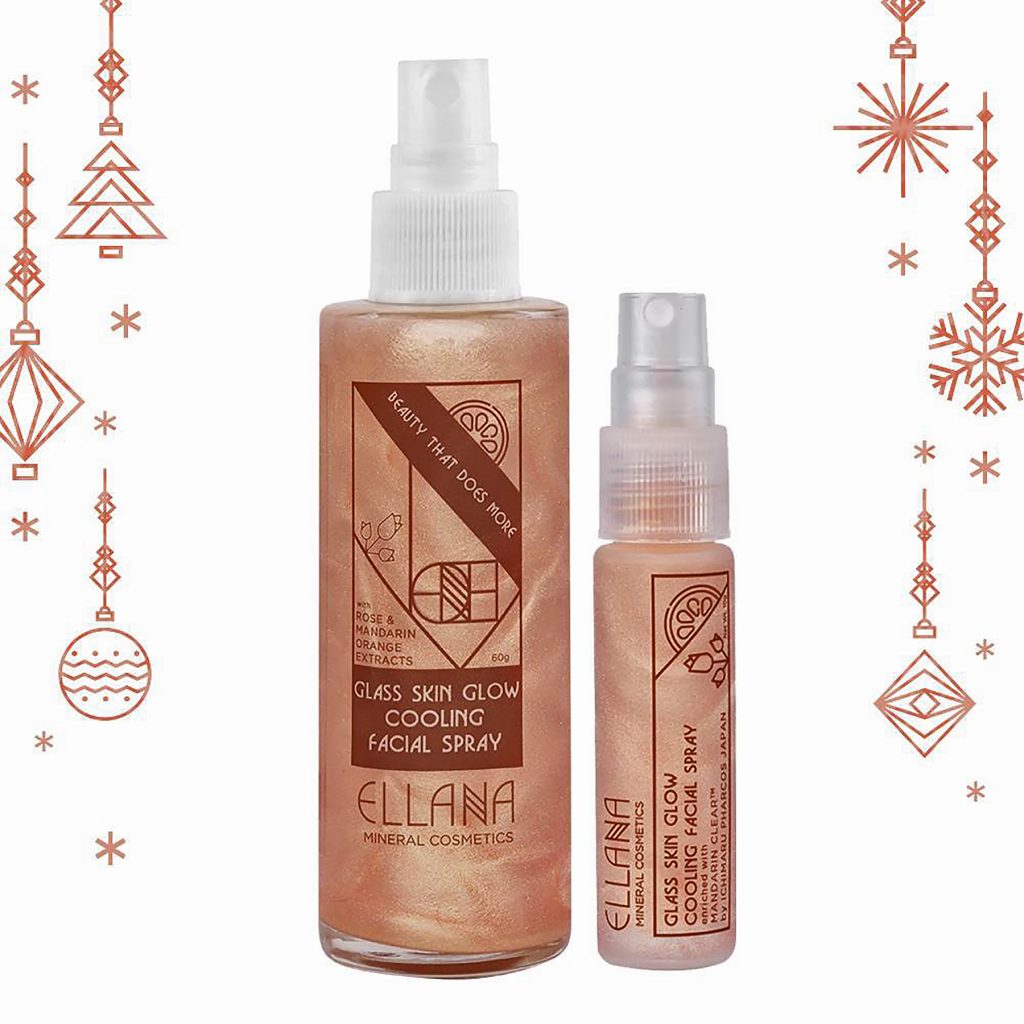
Glass Skin Glow Set from ELLANA MINERAL COSMETICS (Php 1,148)
Now available in a special bundle, this best-selling item from Ellana Mineral Cosmetics is an essential addition to your girlfriend’s purse! It’s skin care and a setting spray in one, which contains rose and Mandarin orange extracts.
www.ellanacosmetics.com
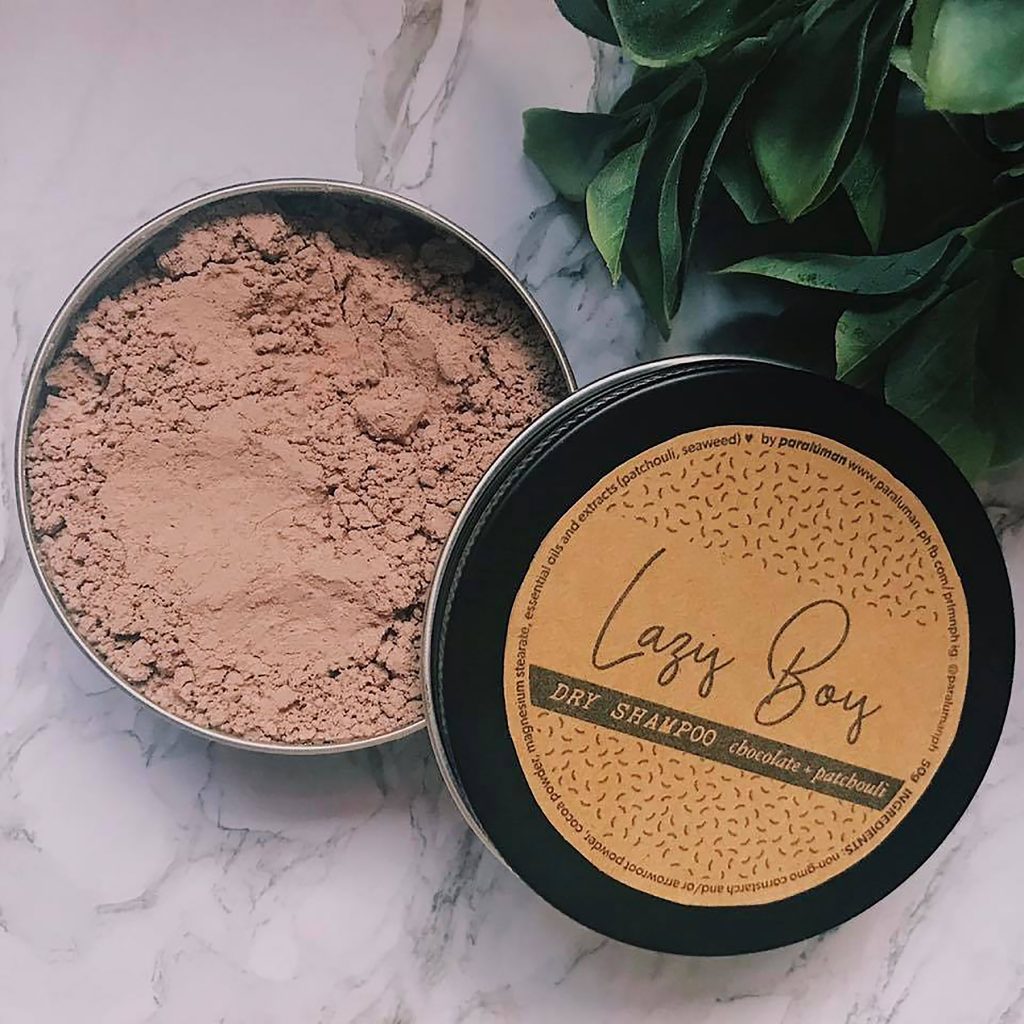
Lazy Boy Dry Shampoo from PARALUMAN (Php 130-160)
Perfect for the vain boyfriend, this dry shampoo from Paraluman is lightweight. It contains cocoa, patchouli and seaweed to volumize, add shine, heal, reduce oiliness and dryness, and promote hair growth. It also comes with a sleek black aluminum tub that you can reuse over and over!
www.paraluman.ph
All products featured on zee.ph are independently selected by our editors.
-

 People2 months ago
People2 months agoThe Cardinals–an Amazing Gallery of Portraits on Cardinals in the Philippines by Artist Jun Impas
-

 QuickFx1 month ago
QuickFx1 month agoHill Station Baguio-Mitos Benitez-Yñiguez Raises the Bar with a Gastronomic Experience in a Cultural Heritage Building
-
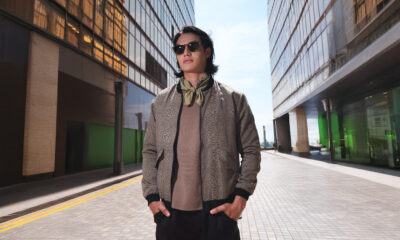
 Style2 months ago
Style2 months agoFilippo Summer/Spring 2025 Menswear Collection-Fashion Designer Phillip Rodriguez Stays on Top of the Game
-

 Prime Target3 months ago
Prime Target3 months agoCarlo Gabiana—The Illustrated Man Makes a Mark on Cebu’s Tattoo Scene
-
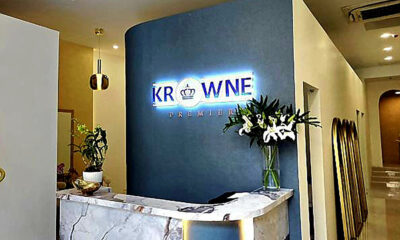
 Beauty & Wellness3 months ago
Beauty & Wellness3 months agoThe Lowdown on IV Drips–Dr. Victoria Jordan Sarmiento Opens Krowne Premiere Medical Aesthetics to Promote Overall Well-being
-

 QuickFx2 months ago
QuickFx2 months agoArt Beat–Maris Holopainen returns to the Original Qube Gallery Crossroads with a Smash Hit in Unscattered Voices
-

 Prime Target3 months ago
Prime Target3 months agoJamie Gellor–A Multihyphenate at the Intersection of Business, Beauty, and Wellness
-

 People4 days ago
People4 days agoA Destination Wedding in Capiz; A Love Story in Focus


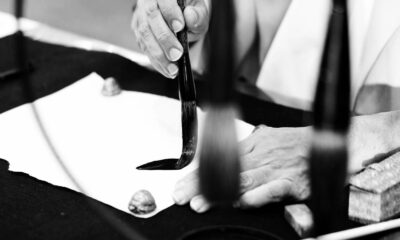

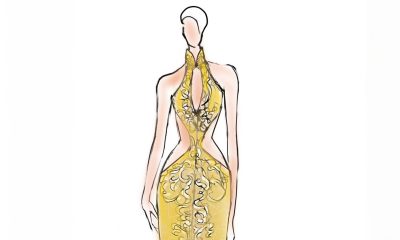

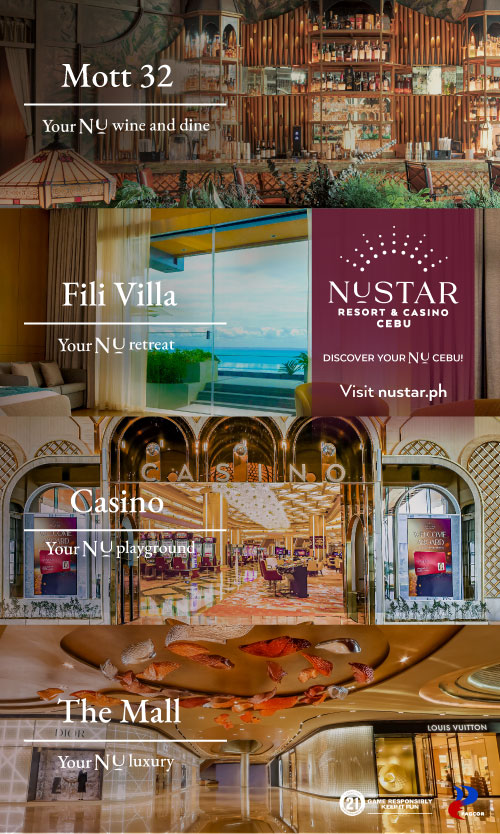



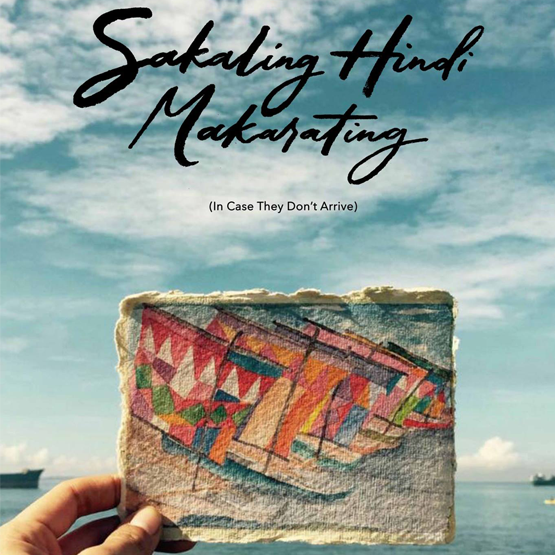





You must be logged in to post a comment Login